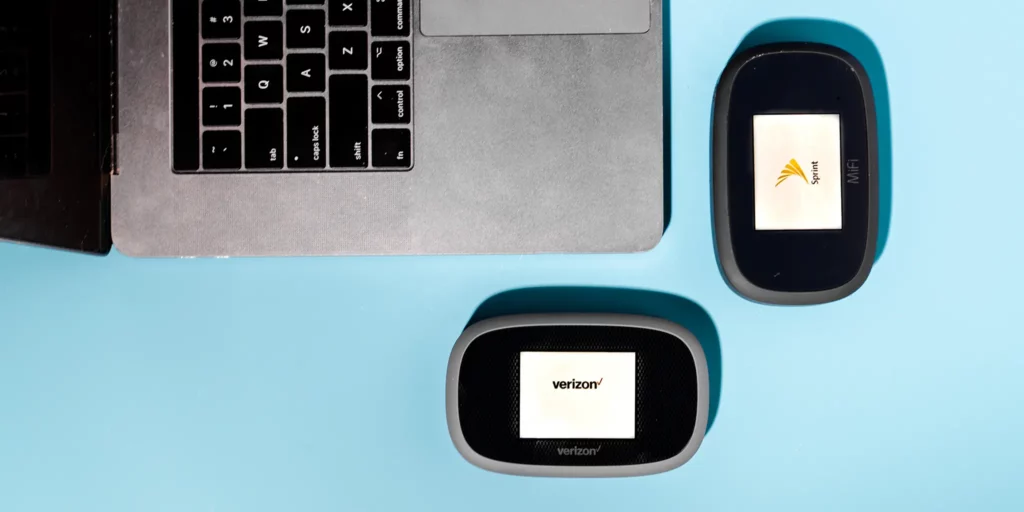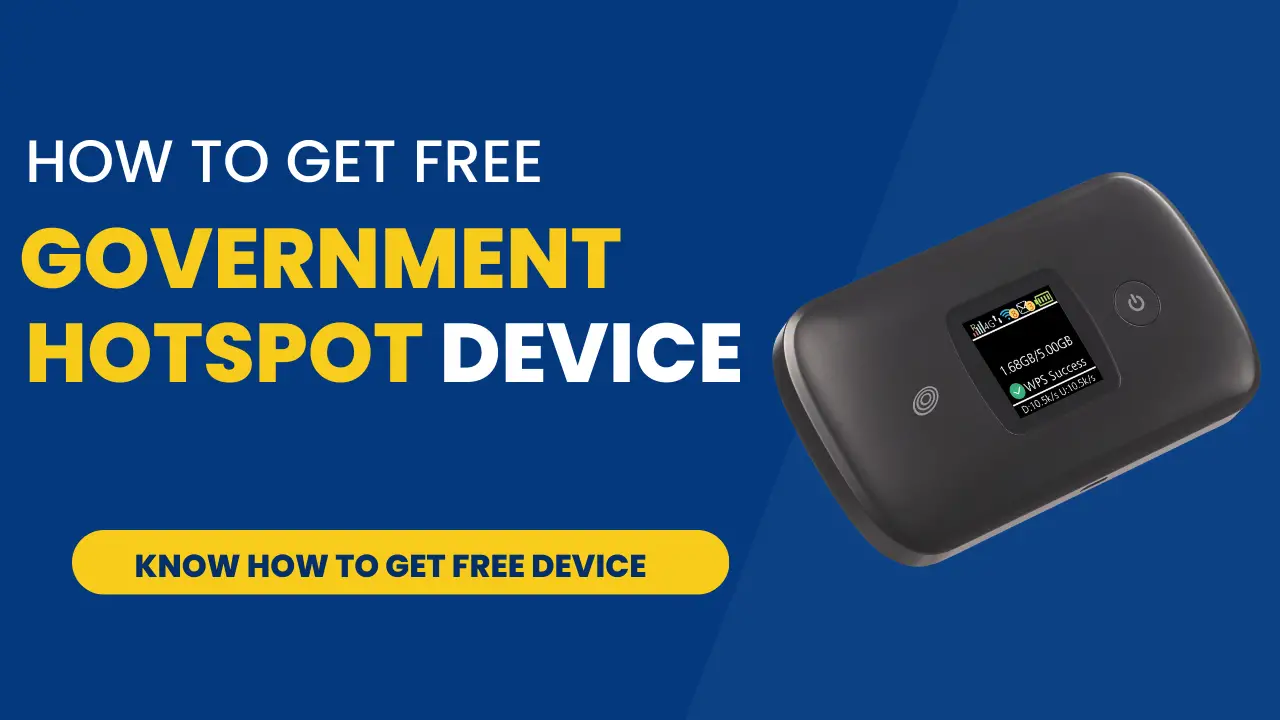In today’s world, staying connected to the internet is more important than ever, impacting everything from education to healthcare and maintaining relationships with family and friends. Thankfully, several initiatives now offer free or low-cost hotspot devices for those who qualify. This article outlines the main programs available and walks you through the process of getting a government-provided hotspot device to keep you online.
Steps to Apply for a Free Government Hotspot Device
To apply for a free hotspot device from the government, follow these steps:
- Identify a service provider participating in the ACP or Lifeline programs.
- Go to their website and find the application section.
- Submit your information and the necessary documents to prove your eligibility.
- Once you’ve applied, wait for the provider’s response. If approved, they’ll guide you through receiving your free hotspot.
Eligibility Requirements for a Free Government Hotspot Device
To qualify for one of these devices, you typically need to be part of a government assistance program like SNAP, Medicaid, or SSI. Alternatively, your household income may need to fall below 135% to 200% of the federal poverty level, depending on the specific program.
Each provider may have slightly different criteria, so it’s important to verify eligibility with them directly. Some programs also consider individuals living on tribal lands or those participating in certain educational or social programs. These initiatives are aimed at ensuring that those who need dependable internet access can get it.
Required Documents for a Free Government Hotspot Device
When submitting your application, you’ll need certain documents to verify your eligibility. These typically include:
- Proof of participation in a government aid program.
- Income verification.
- Address and identification documents.
Make sure your documents are up-to-date and accurate to speed up the approval process. It’s also a good idea to review each provider’s specific document requirements before applying.

Government Programs Offering Free Hotspot Devices
- T-Mobile’s Project 10 Million
Launched in 2020, this initiative provides free internet access to students from low-income families, promoting equal opportunities in education.- Eligibility is based on enrollment in programs like the Free or Reduced Lunch Program, Medicaid, SNAP, or TANF.
- The program offers discounted devices like Samsung and Lenovo tablets.
- Families can apply on T-Mobile’s website and, if approved, will receive a hotspot and 100GB of data per year.
- Lifeline Assistance Program
Overseen by the FCC, Lifeline helps low-income individuals access free or reduced-cost communication devices, including hotspots.- You qualify if you participate in programs such as SSI, SNAP, or Medicaid or if your income is below 135% of the federal poverty line.
- To apply, find a provider, complete the online or mail-in application, and submit required documents. Companies like SafeLink and Q Link offer these services.
- Lifeline subscribers may also receive free or discounted data, texting, and calling, as well as extra perks like free phones or tablets, depending on the provider.
- Affordable Connectivity Program (ACP)
The ACP helps low-income households by providing:- A discount of up to $30 per month on internet service and a one-time $100 discount for purchasing a laptop, tablet, or desktop.
- Eligibility is for families participating in government programs or those earning less than 200% of the poverty level.
- Applications are processed through service providers, with discounts and devices available once approved.
Additional Programs Offering Free or Low-Cost Hotspot Devices
- Verizon + Lifeline: Verizon adds a $9.25 discount and a $20 credit toward Fios plans for Lifeline participants.
- NetZero: Provides free dial-up internet service to low-income individuals.
- Altice USA: Offers 60 days of free internet for new subscribers and discounted rates for teachers, students, and low-income families.
- AT&T Access: Offers affordable internet, charging eligible households $5 to $10 per month, and provides a free modem and installation for those participating in programs like SNAP or SSI.

